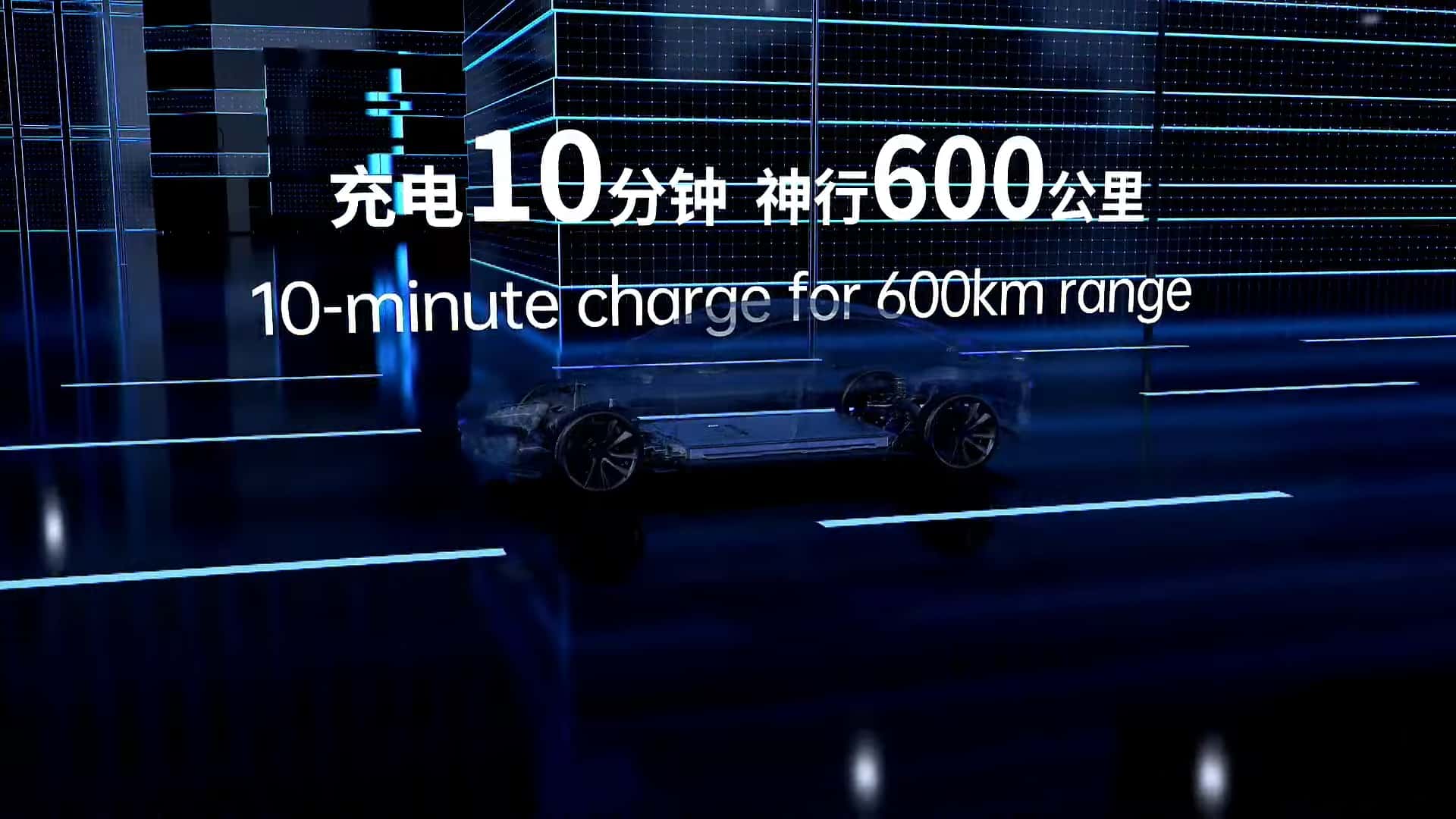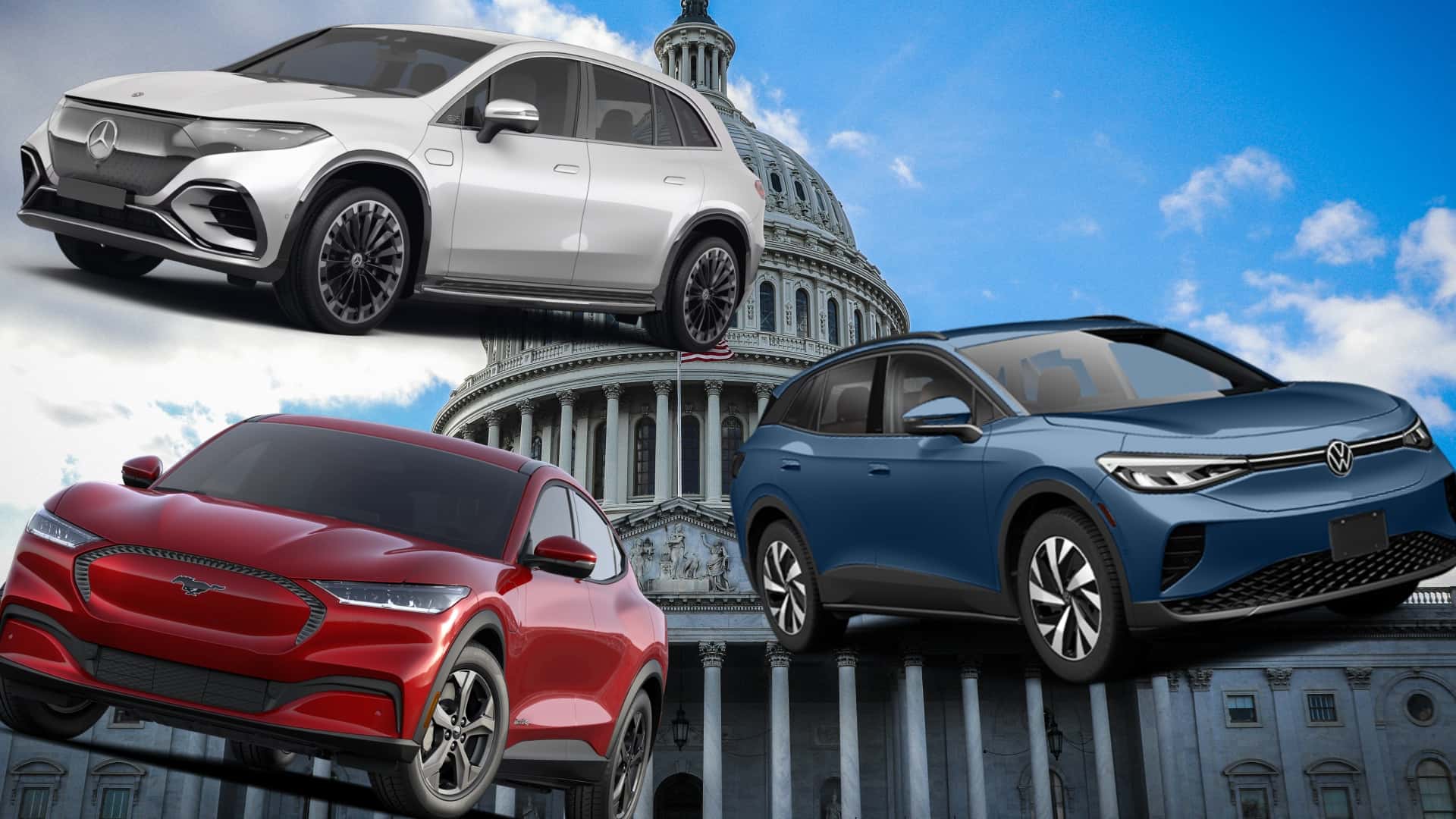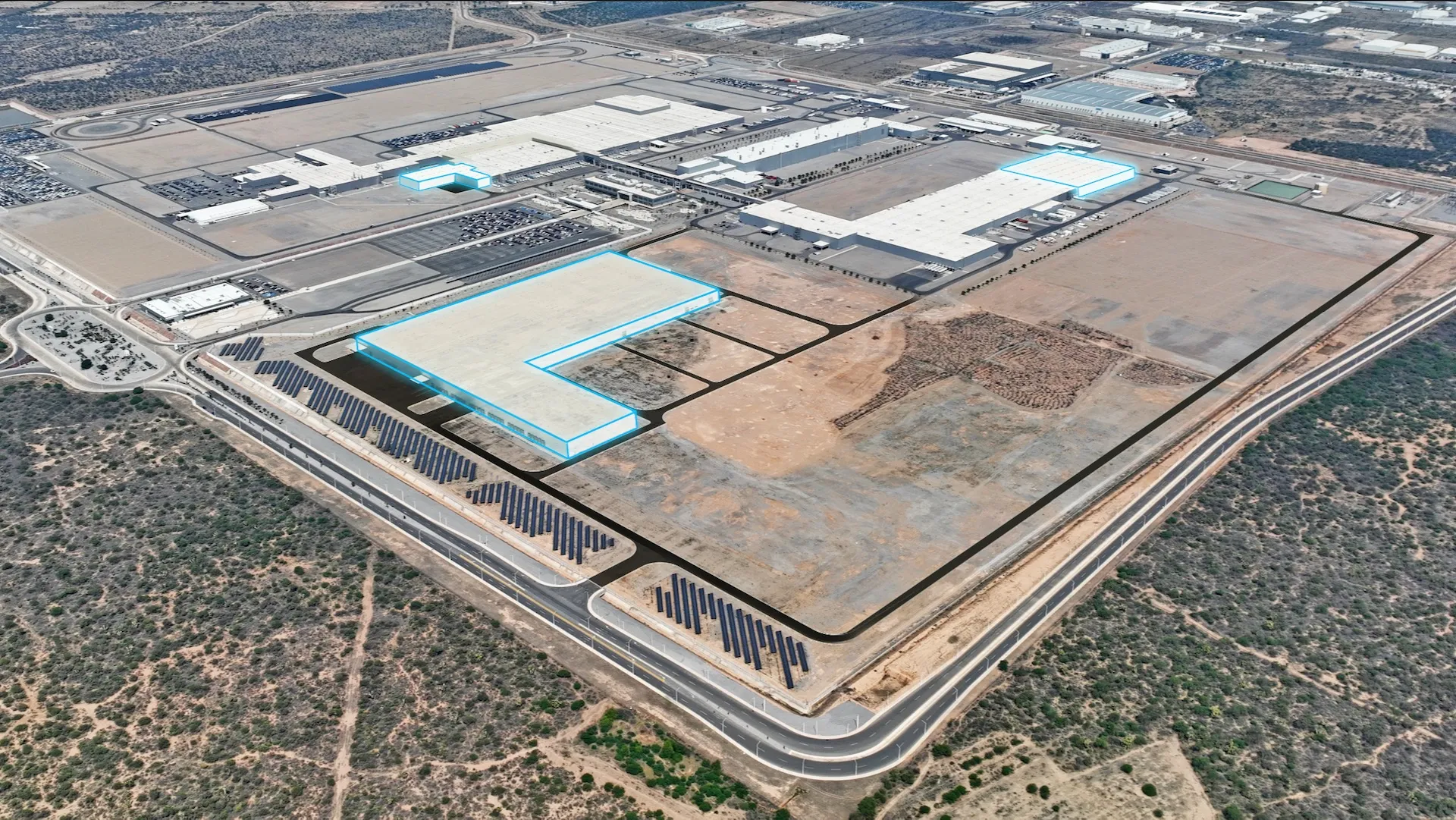
China’s Contemporary Amperex Technology Co. Limited, better known as CATL, one-upped its battery-making competitors with the reveal of the Shenxing Plus lithium iron phosphate (LFP) unit.
Showcased during this year’s Beijing Auto Show, CATL’s new LFP battery system is capable of providing up to 370 miles of driving range after a 10-minute top-up, while the total driving range with a full charge is a pretty impressive 621 miles. By contrast, Tesla says on its website that a 15-minute Supercharging session can up the range of its EVs by up to 200 miles.
EV charging tech gets better and better
Electric vehicles will soon be able to recharge at blistering speeds. At least that’s what China’s CATL is telling the world with the reveal of the Shenxing Plus LFP batteries. These are reportedly able to offer a range of up to 621 miles on a full charge and gain up to 370 miles of range after a 10-minute top-up.
It’s worth noting, however, that these figures are calculated on the CLTC test cycle, which is arguably more optimistic about range numbers compared to the WLTP and EPA procedures. Moreover, the Chinese battery maker left out the assumed efficiency at which these driving ranges would be achieved.
Nevertheless, the advancements brought over by this latest generation of LFP batteries are sizeable.
Last year, CATL unveiled the Shenxing SuperFast Charging Battery that was capable of adding 248 miles of range in 10 minutes. Its successor, the Shenxing Plus, ups that capability by 49%.
The new LFP battery has an energy density of 205 watt-hours/kilogram, which is better than BYD’s competing second-generation Blade battery that is expected to have a density of 190 Wh/kg. Meanwhile, the nickel manganese cobalt (NMC) cells made by Panasonic for Tesla have an energy density of around 250 to 300 Wh/kg (the higher the better).
According to CATL, the Shenxing Plus battery is the first in the world with a C-rate of 4. This means that the charging multiplier is four. In kilometers, the battery is capable of adding 1 km of range in one second and 600 km in 10 minutes.
To achieve these rather impressive results, CATL used an in-house developed 3D honeycomb material to improve the energy density of the anode and to control the expansion that’s inherent in charging and discharging cycles. Furthermore, the volume efficiency is 7% better than its predecessor thanks to the latest cell-to-body 3.0 technology that gives the pack an integrated shell.
We don’t know when CATL’s Shenxing Plus LFP batteries will end up in a production EV, but if we were to guess, it won’t take too long. The previous generation that was revealed last summer is already being used in four models and that number is set to go over 50 by the end of the year, CATL Chief Technology Officer Gao Huan said.



